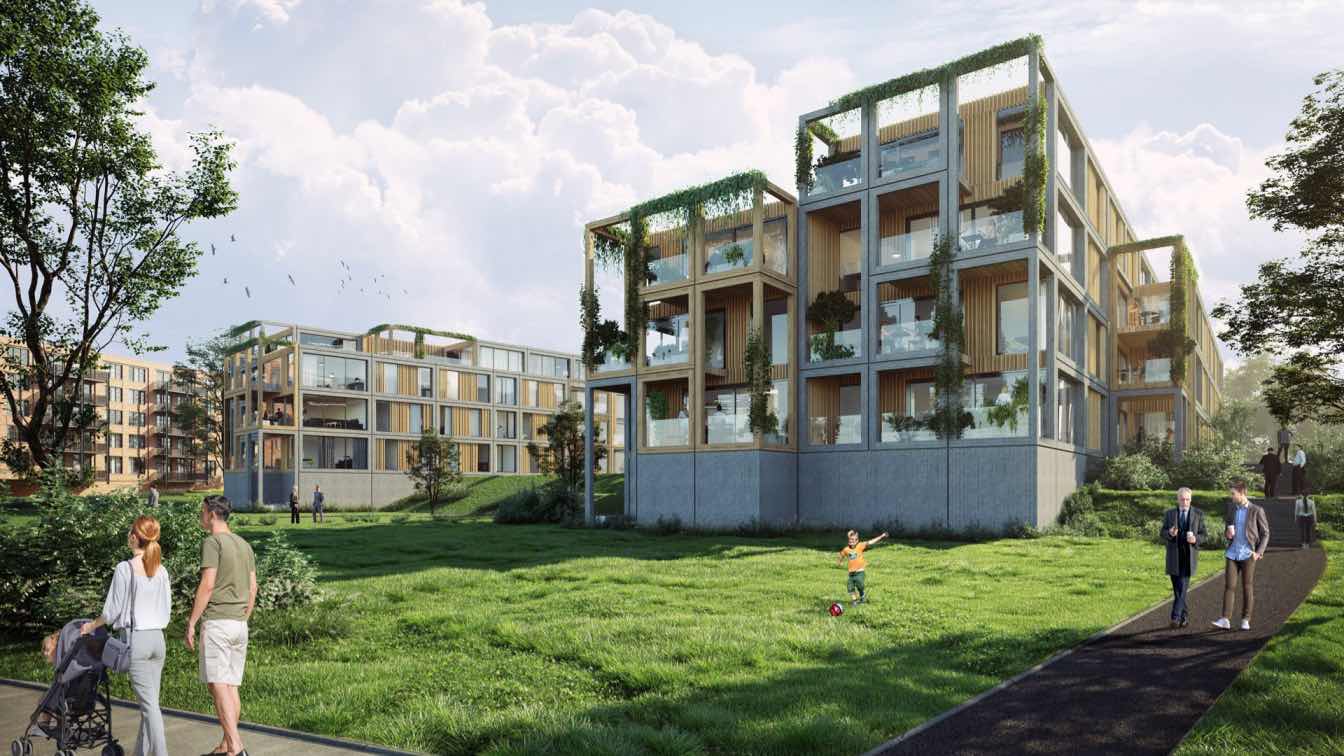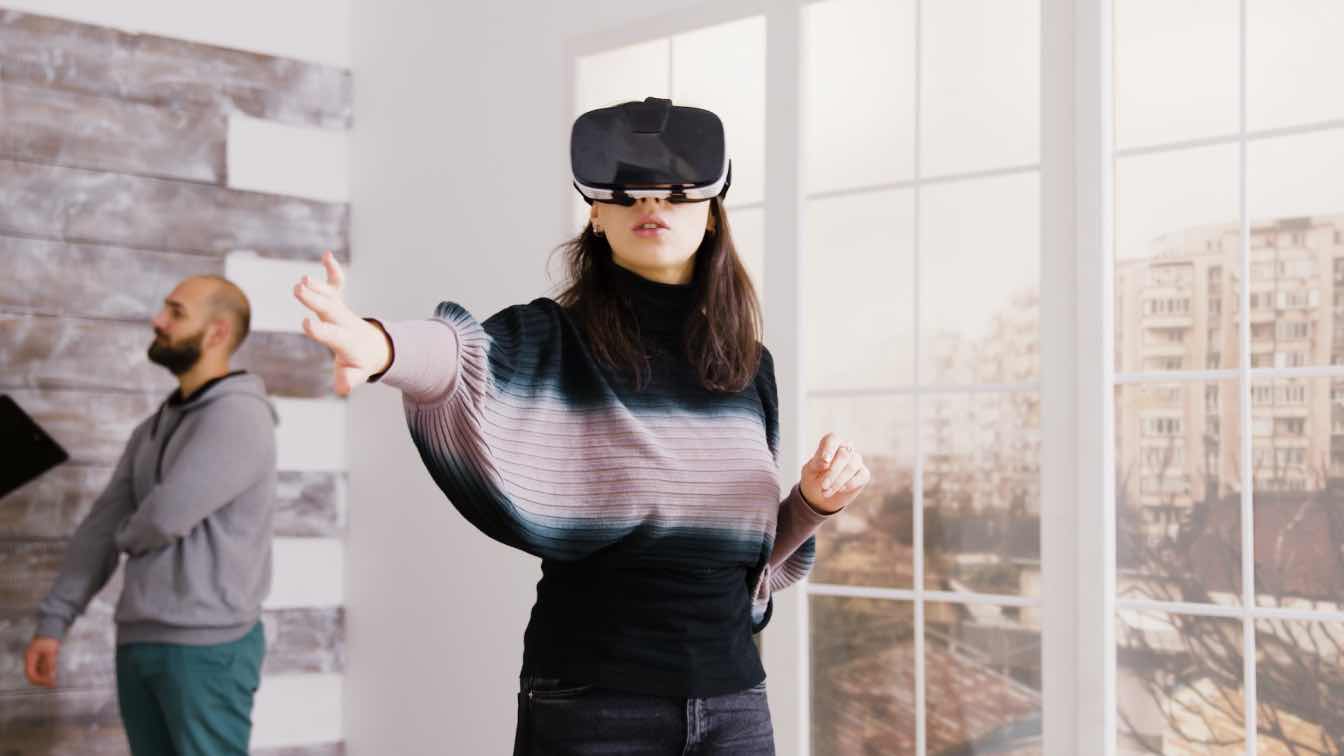Advanced architectural visualization solutions are reshaping how developers, architects, and real estate professionals bring their visions to life.
In this article, we'll delve into the exciting world of architectural visualization. We'll explore how these innovative tools, frequently used by industry leaders, are driving real estate innovation forward.
The Influence of Visual Storytelling in Real Estate
Gone are the days when simple blueprints and 2D renderings were enough to captivate potential buyers or investors. Today's real estate market demands more. Enter the world of advanced architectural visualization, where cutting-edge technologies transform abstract ideas into stunning, lifelike representations of properties yet to be built.
These visualization tools don't just focus on aesthetics. They're powerful storytelling devices that allow real estate professionals to create immersive experiences, helping clients envision themselves in spaces that don't physically exist yet. This emotional connection can be the difference between a sale and a missed opportunity.
Enhancing Design Processes with 3D Modeling
One of the most significant impacts of advanced visualization solutions is on the design process itself. Architects and designers now have the ability to create highly detailed 3D models that can be easily manipulated and refined. This level of flexibility allows for:
- Rapid prototyping of design concepts
- Real-time collaboration between team members, regardless of location
- Instant visualization of design changes and their impact on the overall project
The result? A more efficient, iterative design process that saves time and resources while producing superior outcomes.

Virtual Reality: Stepping into Unbuilt Spaces
Virtual Reality (VR) technology has opened up new possibilities in architectural visualization.
By donning a VR headset, clients can now walk through virtual representations of properties, experience the scale and flow of spaces firsthand, and interact with design elements in a realistic, immersive environment. Allowing this close engagement helps clients make more informed decisions and reduces the likelihood of costly changes later in the development process.
For real estate professionals, VR presentations serve as powerful marketing tools, setting them apart from competitors who still rely on traditional methods.
Augmented Reality: Blending the Virtual and Physical Worlds
While VR creates fully immersive experiences, Augmented Reality (AR) overlays digital information into the real world.
In real estate, this technology is finding innovative applications such as:
- On-site visualizations of proposed buildings or renovations.
- Interactive property brochures that come to life when viewed through a smartphone.
- Furniture placement tools that help buyers envision how their belongings will fit in a space.
AR bridges the gap between imagination and reality, providing a tangible way for clients to connect with properties and envision possibilities.
Data-Driven Design and Decision Making
Advanced visualization tools aren’t just about creating pretty pictures. They’re increasingly integrating with data analysis capabilities, allowing real estate professionals to make more informed decisions.
By incorporating data on market trends, demographics, environmental factors, and energy efficiency, designers can create properties that are not only visually appealing but also optimized for their target market and location.
The Future of Architectural Visualization in Real Estate
As we look to the future, the potential for advanced visualization solutions in real estate seems boundless. Emerging technologies like artificial intelligence and machine learning are set to take these tools to new heights, enabling:
- Automated design optimization based on user preferences and market data
- Predictive modeling of property value and market performance
- Hyper-realistic renderings that are indistinguishable from photographs
These advancements will continue to blur the lines between the virtual and physical worlds, changing how we conceive, design, and interact with real estate.
Conclusion
The real estate industry is on the brink of a visualization revolution. Those who embrace these advanced tools and integrate them into their workflows will gain a significant edge. From enhancing design processes to creating unforgettable client experiences, architectural visualization solutions are driving real estate innovation in ways we’re only beginning to appreciate fully.
Moving forward, the key to success in real estate will increasingly lie in effectively harnessing these technologies. By doing so, professionals can create more compelling properties, make better-informed decisions, and ultimately deliver greater value to their clients.





